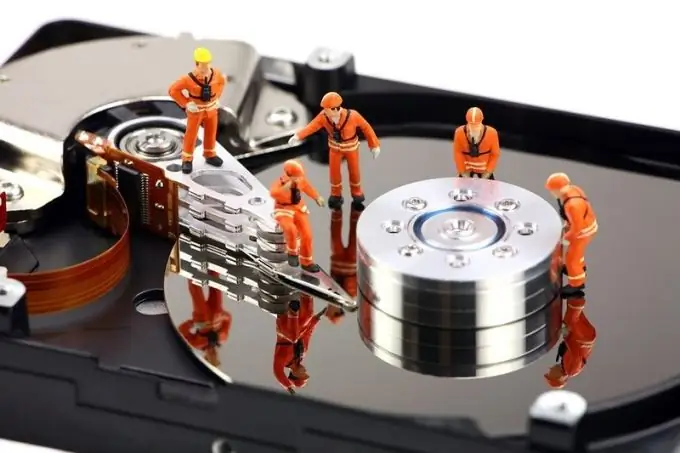- Author Lauren Nevill [email protected].
- Public 2023-12-16 18:48.
- Last modified 2025-01-23 15:15.
R-Studio is designed to recover deleted data and information that has been lost as a result of damage or formatting of the file system. The software package is compatible with hard disks, memory cards, flash cards and other file carriers, as well as with RAID arrays. Even an uncertain PC user can figure out how R-Studio works.

Necessary
Computer, R-Studio software, removable media, internet
Instructions
Step 1
If you have an installation disc for this program, insert it into your floppy drive and wait for it to start automatically. If you downloaded a software package from the Internet, then after installing the program, feel free to start working with it. By the way, you can find out how to use R-Studio with the help of video tutorials that are freely available on the Internet. Study carefully everything the program tells you. Hasty action can cost you dear!
Step 2
Launch the R-Studio program and examine its disk panel, it will display all devices connected to the computer, as well as full information about them. Select the media from which the files were deleted and which requires further recovery. If the media is not displayed, take a closer look at the USB sockets: do not forget to connect flash drives or removable hard drives to the computer, make sure that the computer can see them in principle.
Step 3
Create a disk image and associate further actions only with it, this will help preserve existing files or avoid their damage. Be careful and attentive, although the program is easy to use, rash and hasty actions can lead to sad results. Please note that your PC must have the required free memory space. It is necessary that it be equal to the amount of data that is on the medium and needs to be restored.
Step 4
Click Create Image. This button is in the upper right corner. In the window that opens in front of you, you need to specify the storage location for this image. After completing the image creation, go to the main window and the "Open Image" button. Specify the path to the created file.
Step 5
Start scanning the disk. Click "Scan", then "Advanced" and select the type of scan. This type depends on the size of the device to be checked. If it is a small medium, select "Detailed view", so the program will display the table of sectors and all information about the detected files. When checking the hard disk, select "Simple View", so the check will be faster. Click "Scan" and wait for the results.
Step 6
At the end of the scan, a list of found files will open in front of you, which you can recover either completely or selectively. Specify the location where you want to save the recovered files and again wait for the result, the transfer of the selected files will take a lot of time.






